Schedule a Call Back
Radial fan with bionic profiling, Zabluefin
 Technical Articles
Technical Articles- Nov 30,-1
 The fan manufacturer Ziehl-Abegg is once again applying knowledge gained from nature to a current new fan development. The idea for this new latest generation of radial fans comes from the humpback whale; allowing for energy savings of up to ten per cent. “Our engineers have therefore clearly underlined their role in the forefront of bionics and as a leader in fan technology,” says Chairman of the Board Peter Fenkl, happily.
The fan manufacturer Ziehl-Abegg is once again applying knowledge gained from nature to a current new fan development. The idea for this new latest generation of radial fans comes from the humpback whale; allowing for energy savings of up to ten per cent. “Our engineers have therefore clearly underlined their role in the forefront of bionics and as a leader in fan technology,” says Chairman of the Board Peter Fenkl, happily.
Ziehl-Abegg delivers peak efficiency in excess of 70 per cent in its radial fans. Every approach must therefore be used to optimise this. The angle at which the airflow meets the fan blade depends on the flow volume. The whale has to overcome similar challenges when swimming in the sea: the movement of the fins causes the angle to constantly change. If its pectoral fins were to be at too steep an angle to the counter-flow this would produce a lot of turbulence as the water passes over them. “The characteristic features of excessive turbulence are high flow losses and noise,” says Dr Walter Angelis, Technical Manager for Ventilation Systems at Ziehl-Abegg. Over millennia the humpback whale has optimised the design of its fins. For example, the leading edge of the whale’s fins contains golf ball sized bumps (technical term: tubercles). With its long pectoral fins, a whale weighing 25 to 30 tonnes can therefore swim very quickly and with great agility. “We have recreated this on the leading edge of the fan blade and implemented it as an undulating profile,” explains Angelis.
The flow engineers have also taken a close look at the whale’s rear fin, the “fluke”. The V-shaped contour of the rear section of the wing delays potential flow breaks – enabling the fan to be used for numerous different pressure ranges. Overall, evolution has optimised the flow efficiency of the humpback whale in such a way that makes it a very good and agile swimmer despite its body size. Without this evolution its long journeys through the world’s oceans without taking in food would not be possible. The latest generation of radial fans at Ziehl-Abegg in sizes starting from 710 mm, is now benefiting from this knowledge gained in the field of bionics. The product name ZAbluefin is borrowed from the English.
“We have also fitted a torsion to the fan blade,” adds Angelis. This creates an optimum angle of flow over the entire span. It’s not just the jagged trailing edges that make the impeller run quieter. The undulating design of the blade surfaces reduces the noise level.
The experts at Ziehl-Abegg have spent about two years on the new centrifugal impeller for air-handling units and industrial ventilation. A bionic profile has proven very effective in terms of efficiency and low-noise. With the bionic profile blades, unlike currently commercially available hollow profiled blades, there are no gaps into which dirt or condensation can penetrate, leading not only to corrosion but also creating an imbalance. The steel is therefore pressed into a corrugated shape using a 600-tonne press, creating the bionic profile – “this gives us additional strength and enables us to optimise the weight,” emphasizes Angelis. Less weight protects the bearings in the motor.
The new radial impeller therefore possesses characteristics from two completely different approaches to the field of bionics: both in terms of aerodynamics (ornithology) as well as hydrodynamics (marine biology). For example, the trailing edges of the ventilator blades recreate the flight of an owl. “As the quietest bird of prey, the owl has already been used by us as a model for a number of designs,” says Fenkl. The serrated trailing edges on fans have since become one of Ziehl-Abegg’s trademarks. On the new fan however the edges have been slightly modified and softened.
It’s not only in the design but also the manufacturing process that new approaches have been taken. “Where necessary we drew on the expertise of metals-processing experts at leading German universities,” said the Technical Director. Tools have been developed in conjunction with external experts; this will enable the new impellers to be manufactured entirely at Ziehl-Abegg from autumn 2016.
(Ziehl-Abegg – Germany, is one of the leading international companies in the field of ventilation and drive technology and the associated control systems.)
Related Stories
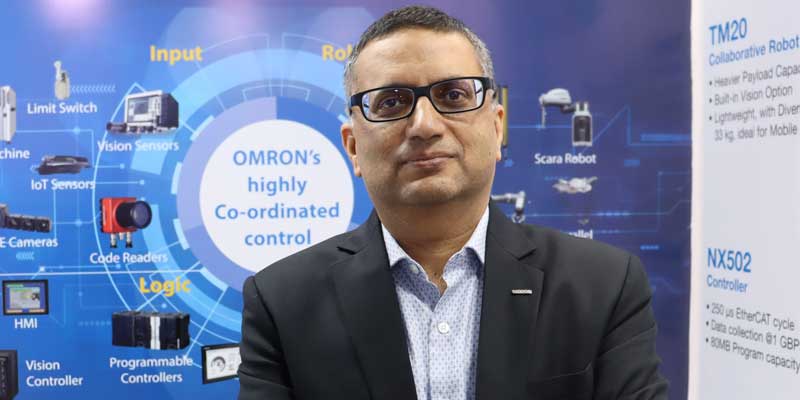
AI and ML are opening new vistas in robotics: Sameer Gandhi
In this interview with Rakesh Rao, Sameer Gandhi, MD, OMRON Automation, India, analyses India’s robot market and provides tips to companies to prepare their employees for automated working environ..
Read more
Robotics aligns very well with Industry 4.0 initiatives: Vishal Dahiya
In this interview with Rakesh Rao, Vishal Dahiya, Associate Director, Factory Automation System, Panasonic Smart Factory Solutions India, highlights on the growing demand for smart factories as Indi..
Read more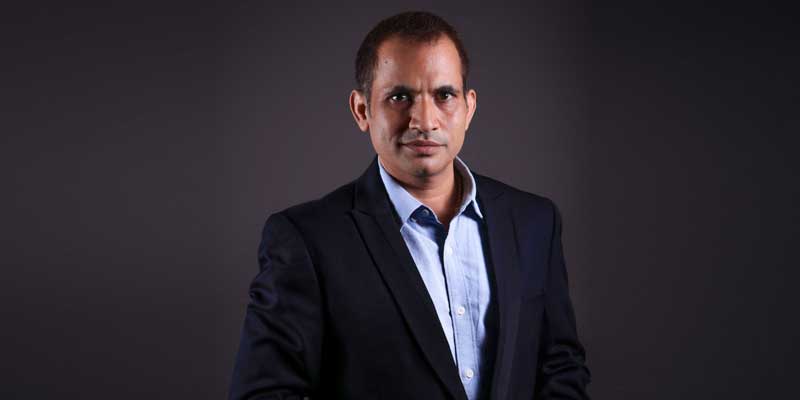
Robotics market in India is experiencing significant growth: Bir Singh
In this interview with Rakesh Rao, Bir Singh, Co-Founder & Chief Business Officer, Addverb Technologies, highlights how Indian manufacturers are streamlining their manufacturing processes by adoptin..
Read moreRelated Products
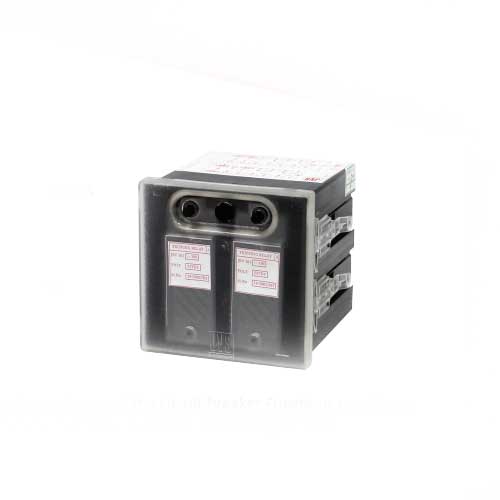
High Speed Tripping Relay Two Element Relay - Jrv 181x2
JVS Electronics Pvt Ltd offers a wide range of high speed Read more
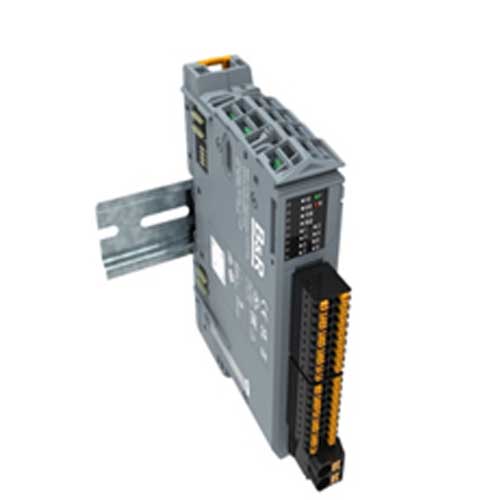
Plenty of Motion Possibilities in a Compact Housing
B&R Industrial Automation offers a wide range of plen Read more
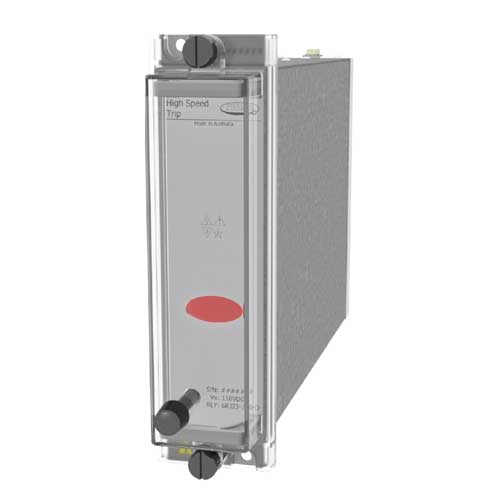
High Speeed Tripping Relay Three Element Relay
JVS Electronics Pvt Ltd offers a wide range of high speed tripping relay three element relay - JRV 181x3.










